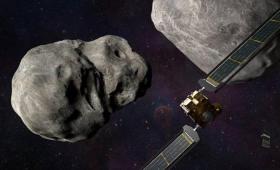A new paper led by LLNL walks through a detailed “dress rehearsal” for interpretation of the DART asteroid mission's experiment’s data.
Science and Technology
in the News
Science and Technology
in the News
News Center
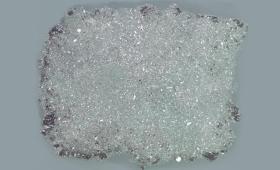
An international team has determined that one specific particle on the asteroid Ryugu can shed light on the unaltered initial materials from its parent body.
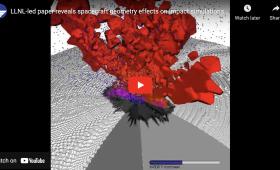
Livermore researchers contribute simulation expertise to NASA’s DART planetary-defense tech-demo mission.
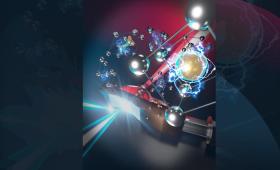
Magnesium at 10 million times atmospheric pressure adopts fundamentally new chemical and structural behavior.
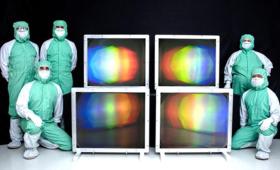
Livermore researchers and their collaborators have developed new high-energy pulse compression gratings that will be used in the world’s highest-power laser system.
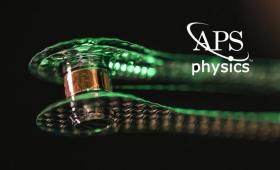
The Burning Plasma Team has been awarded the 2022 John Dawson Award for Excellence in Plasma Physics Research by the American Physical Society.
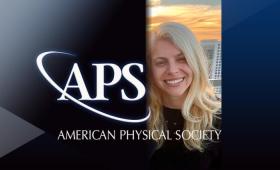
Livermore scientist Alison Ruth Christopherson has earned the American Physical Society’s Marshall N. Rosenbluth Outstanding Doctoral Thesis award.
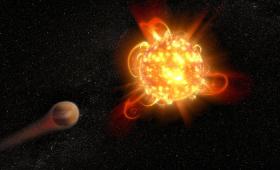
Researchers are exploring the opacity of hydrogen under the extreme pressures and relatively low temperatures found in the interior of red dwarfs.
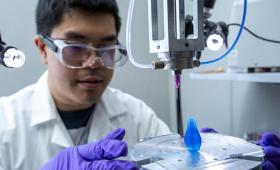
Livermore scientists and engineers have garnered three awards among the top 100 industrial inventions worldwide.
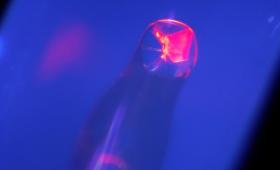
Researchers have developed a new method to isolate and study in great detail some of the rarest and most toxic elements on Earth.

